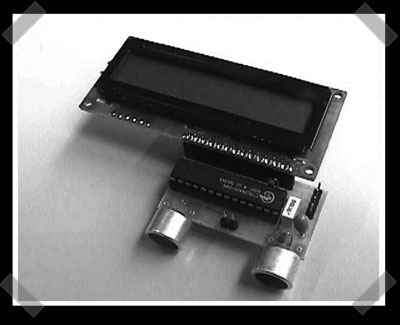
This design has been around for a few years, but it looks like a good introduction to ultrasonic sensors. The design is surprisingly simple with a low parts count. Of course, if you prefer PIC controllers, you might like this version.
Month: February 2007
Tinmith Augmented Reality Backpack

I haven’t seen an augmented reality setup in a while. The Tinmith backpack consists of a VR helmet, with helmet mounted GPS tracking, firewire video camera, orientation tracking, glove based user interface and a belt back that contains the mobile computer and batteries. These systems have very interesting applications. From navigation to correcting information in real time to work around partial blindness.
Printer Networked Light Control
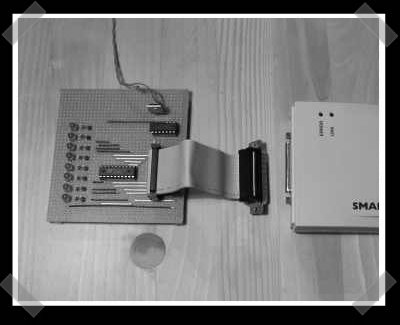
[Andy] sent in his ‘Network Something‘ hack. For his proof of concept, he used a parallel port printer network adapter to create a set of network controllable LEDs. The virtual printer was implemented with a set of shift registers and a set of nand gates. (and a power regulator). Old print servers can be had pretty cheap – my HP $8 on ebay. Definitely an interesting way to get inexpensive network control of your projects.
Note: We’ll be making some server changes today and tomorrow, so comments will be offline for a bit. They’ll be back.
DIY Wireless NES Controllers For Wii/Gamecube
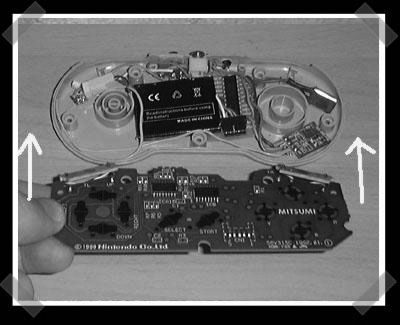
[Mark] sent in his wireless classic nintendo controller project. He built a wireless NES and SNES controller to use with his Wii via the Gamecube port. He used off the shelf TX/RX hardware and used some PIC controllers to glue everything together. iPod batteries keep em powered and keep the weight down. He provides all the schematics and a walk through on constructing the SNES controller. The circuits are pretty simple, so it’s definitely repeatable. This is almost enough to get me to buy a Wii.
— video after the break.
Continue reading “DIY Wireless NES Controllers For Wii/Gamecube”
DIY RF Remote Control
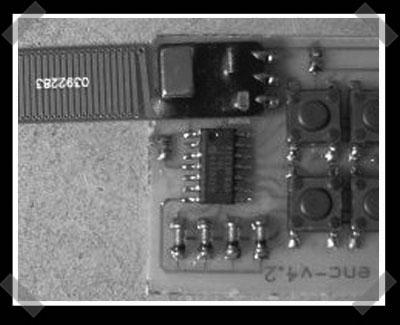
I was plotting one of my future projects and found this diy RF remote control. I was struck by how simple the circuits are thanks to the micro-controller and RF modules. This is an older write up, and I know you can get newer modules from Spark Fun electronics, but when I was younger, RF controls always seemed to be the black magic of diy electronics.
Keybot – Serial Controllable Keyboard Interface
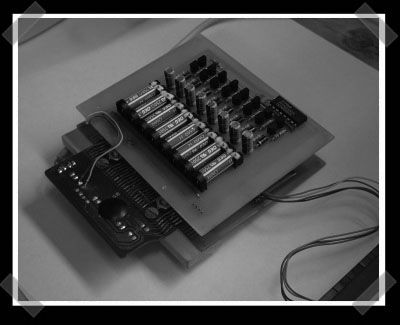
[john] sent in his uncles Keybot project. The device accepts input (a parallel port in this case) and generates standard keyboard output. It allows a computer to create its keyboard input for itself or another machine. Personally, I go for serial consoles, but it’s a good study of our old friend the keyboard. (If legos are more your thing, you could do something like this.)
Micron Laser Beam Analyser
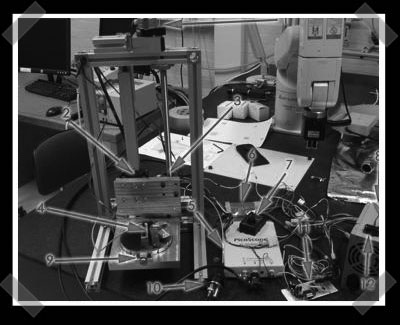
[David] sent in his laser beam analyzer project. It’s a complete analysis system built from off the shelf hardware. Even if you’re not into lasers, the project combines several technologies that are useful for the hardware hacker. A laser beam is focused to shine onto a spinning reflector. Beam signal is attenuated by adjusting the distance with a stepper actuated sled. The beam is then measured using various sensors.
I thought we were due for a laser hacks category, so I created it and added some of the older laser hacks to it.











